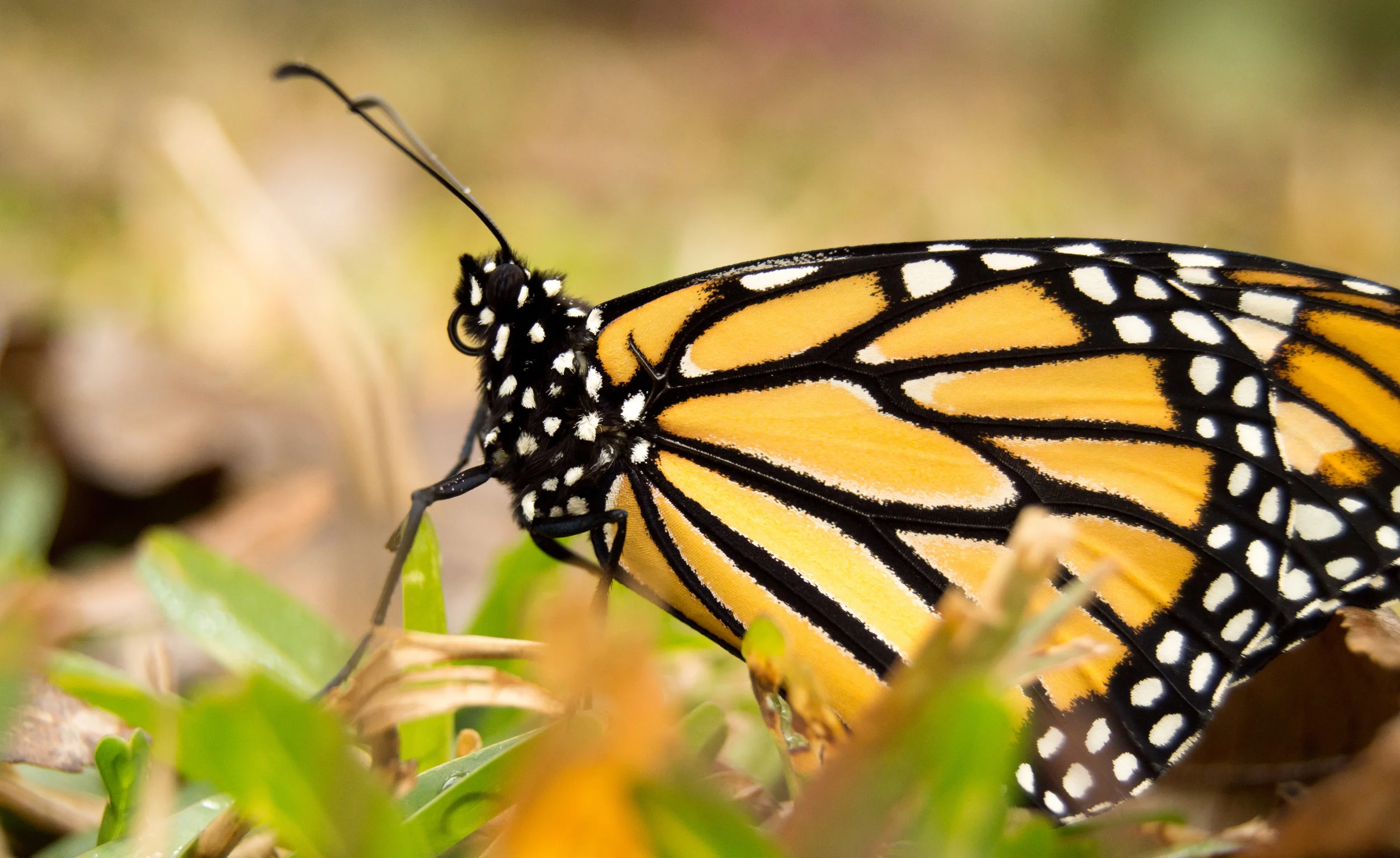It’s torch! It’s a medicine! It’s mullein!
/Flannel leaf, cowboy’s toilet paper, bunny ears, hag taper, candlewick plant, Aaron’s rod, Jupiter’s staff, lungwort, Quaker’s rouge. When a plant has a long list of names, you know that is has interesting stories to tell. One if its most ancient claims to fame is found in the Odyssey, when Ulysses must overcome the temptations of Circe. The gods give him mullein and with the plant’s aid “he dreaded none of her evil works.”
This common plant, mullein, can currently seen blooming around the island (including out the window at the Art and Nature Center). It is actually the homely cousin to the snapdragon. Within the Scrophulariaceae family, the genus Verbascum consists of about 300 species native to Europe, West and Central Asia, and North Africa. Most are tall biennials with large leaves and flowers in long spikes.
A biennial, mullein grows a low rosette of soft leaves in its first year, and, in the second year, it sends up a stalk which can grow to be 8 feet tall. The yellow, honey-scented flowers attract all kinds of insect pollinators. Hardy and drought- and pest-resistant, mullein is easy to grow in your pollinator garden.
And after it has bloomed, it is a plant that keeps on giving. The leaves and flowers can be steep as a tea to help sufferers of respiratory problems like chest colds, bronchitis and asthma. Both parts of the plant contain saponins, which makes coughs more productive, and mucilage, which soothe irritated membranes.
When you have finished harvesting the leaves and flowers, there is still more functionality left in the plant! In a field of mullein, you may notice dried out, one-year-old stalks still standing. This is the part of the plant that ancient Romans dipped in tallow to create torches to carry during funeral processions. If you are having a outdoor party, you can make your own rustic garden candles with this plant. Simply harvest dried stalks, dip them in wax (such as bees wax or melted down old crayons). Once they are dried, you have a one-time use torch! It is recommended to have a bucket of sand on hand, should you need to extinguish them before they are completely spent.
This year while my mother visited the Island she took on the task of weeding the circle garden with a crab apple tree in the center. While she pulled out the grasses and thistle, and planted the marigolds, nasturtiums, and snapdragons, she left three soft-leaved mullein plants. Since she left they have grown to be taller than me! Next summer, I’m going to have some amazing garden torches.

